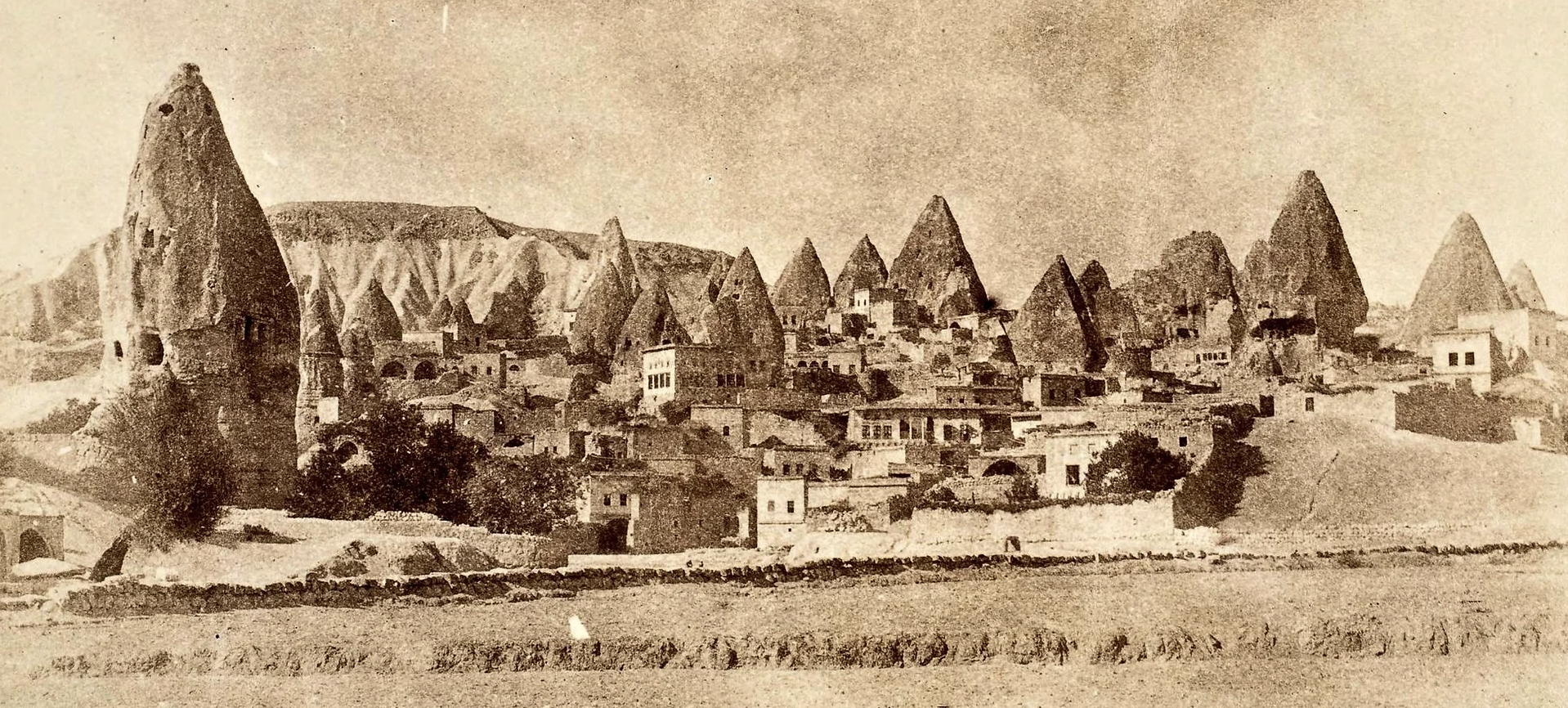Introduction
Nestled in the heart of Turkey, Cappadocia stands as a testament to the ancient allure of the Anatolian region. With its surreal landscapes, captivating rock formations, and a rich historical tapestry, Cappadocia beckons travelers to embark on a journey through time. In this article, we will delve into the deep annals of Cappadocia's history, tracing its origins from ancient civilizations to modern times.
- Ancient Beginnings
Cappadocia's history can be traced back to the Hittites, who inhabited the region around 1800 BC. The Hittites left their mark on the landscape, building intricate underground cities that would later become an iconic feature of the region. Over the centuries, Cappadocia was a crossroads for various civilizations, including the Persians and Alexander the Great.
- Christian Legacy
One of the most remarkable chapters in Cappadocia's history is its association with early Christianity. During the Roman era, Cappadocia became a refuge for Christians fleeing persecution. The rocky terrain provided natural shelters, leading to the creation of elaborate cave complexes and fresco-adorned churches. These subterranean sanctuaries tell the tale of devotion and artistic expression that flourished in the face of adversity.
- Byzantine Era
As the Roman Empire divided, Cappadocia found itself under Byzantine rule. This era witnessed the construction of grand monasteries and churches, with intricate frescoes that still retain their vibrancy today. The Göreme Open-Air Museum stands as a living testament to this period, with its collection of rock-cut churches displaying Byzantine religious art.
- Seljuk Influence
Cappadocia's history took another turn with the arrival of the Seljuks in the 11th century. These Turkish tribes brought their architectural prowess, leaving behind caravanserais and mosques that added a distinctive Islamic influence to the region. The Seljuks embraced the existing cave-dwelling lifestyle, creating a unique blend of cultures.
- Ottoman Era and Beyond
In the 15th century, Cappadocia became part of the Ottoman Empire. The region continued to thrive as a melting pot of cultures, as evidenced by the Ottoman architecture that graced the landscape. Following the fall of the empire, Cappadocia transitioned into the modern era, witnessing both industrial advancements and efforts to preserve its historical legacy.
Conclusion
Cappadocia's history is a tapestry woven with the threads of numerous civilizations. From the Hittites to the Ottomans, each chapter has left an indelible mark on the region's landscape and culture. The intricate underground cities, the awe-inspiring rock-cut churches, and the harmonious blend of architectural styles stand as a testament to the enduring spirit of Cappadocia.
As you explore the labyrinthine streets and delve into the underground marvels of Cappadocia, remember that you are walking in the footsteps of ancient civilizations, witnessing the passage of time through its stunning vistas. This captivating journey through history makes Cappadocia not just a travel destination, but a living museum that narrates the stories of generations past.



